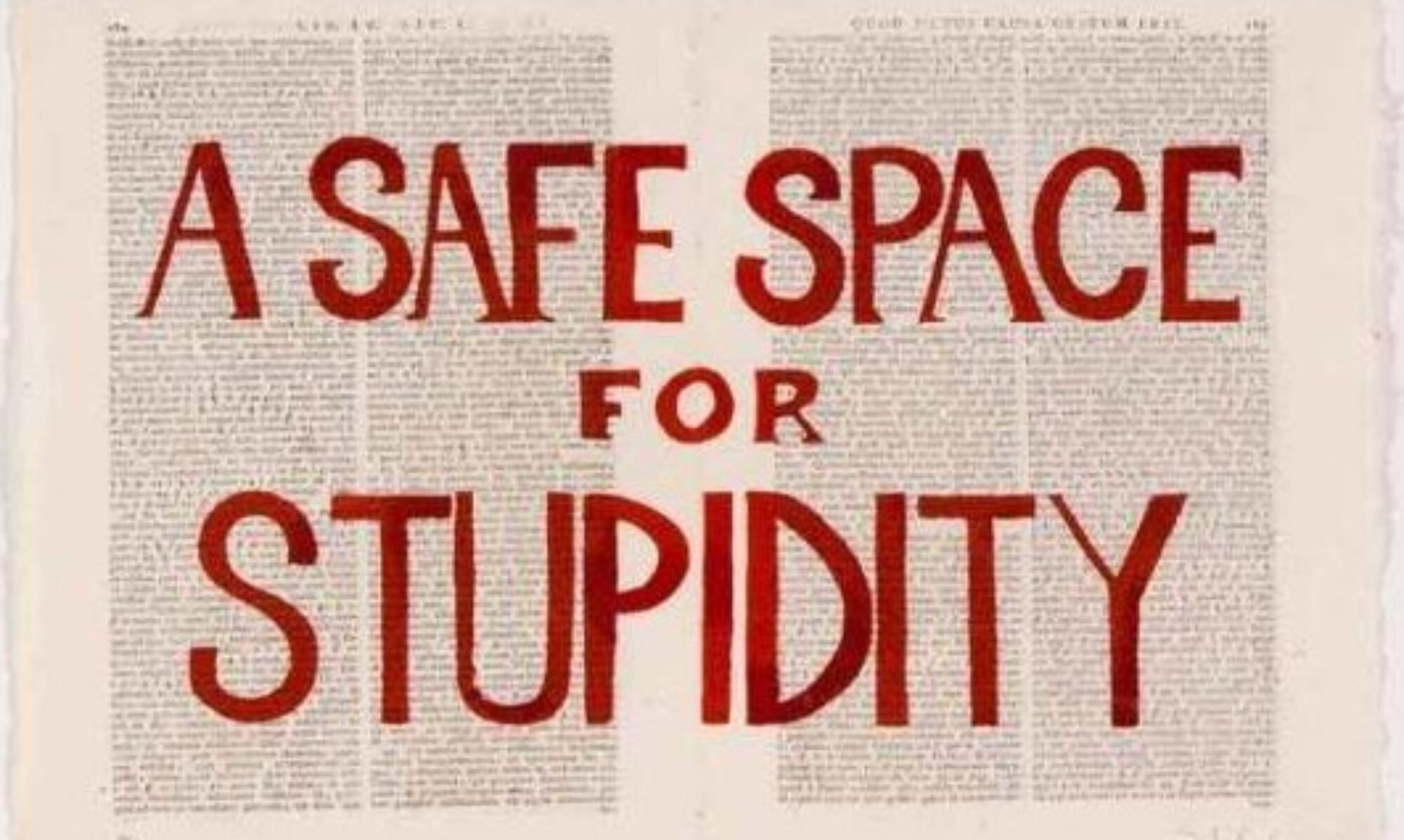Ed Vulliamy has some reasonable things to say about the Mayan `prophecy’ of the end of the world but he gets it wrong here:
The Maya were no fools. Likely inventors of the figure zero, their mastery of astronomy – bequeathed to history through various codices and stoneworks – was breathtaking not only for its time, but for all time. Their systems for measuring time were more sophisticated than ours, with pivotal numbers of 13, 18 and 20, based upon lunar, Venusian, astronomical and mathematical measurements, and expressed in glyphs.
Vulliamy seems to confuse obscurity and sophistication. Our Arabic-numeral, place-system, method for arithmetic is much more sophisticated than one based on different `pivotal numbers’, because it makes things simpler for the person using it. By having one, and only one, set of rules, all calculations are the same, no matter what size of problem you deal with, a point which will be appreciated by those who had to learn the pounds, shillings, pence system of currency, or by those in benighted countries which continue to use imperial measures. Try doing mental arithmetic switching from base 13 to 18 to 20, without mechanical aids.
Vulliamy then talks of `lunar, Venusian, astronomical and mathematical measurements’, without saying what a `mathematical’ measurement is, and how it might differ from the other three he mentions.
Finally, he is impressed by the Mayans’ use of glyphs: `glyph’ is a fancy word for `character’ or `letter’.
We seem to have here a journalist falling for the idea that any ideas which survive long enough are `ancient wisdom’ and therefore better than our own. Actually, mathematics, and arithmetic, are areas where we can be fairly sure that the modern state of knowledge is definitely better than what people had X centuries ago.
